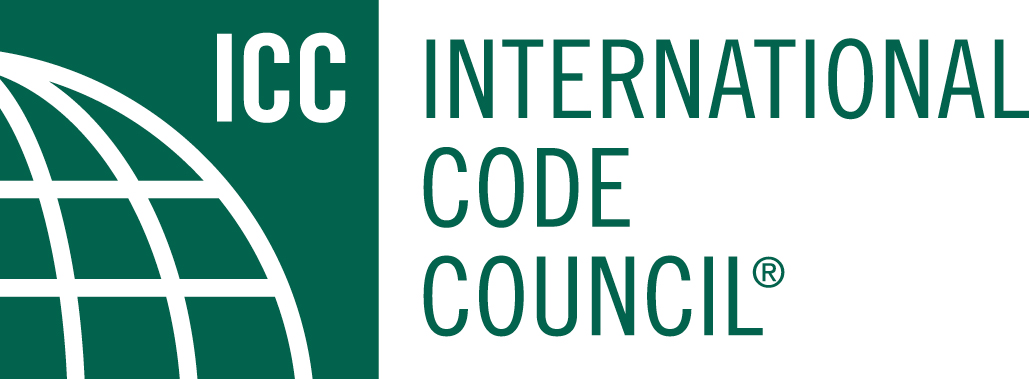Resilient & Smart Interiors: Protecting Occupant Wellness and Reducing System Construction Costs
Presented by Christoph Lohr, PE, CPD, ASSE 12080, Vice President, Strategic Initiatives, IAPMO, and Wanda Lau, Editorial Director, Smart Buildings Technology & LEDs magazines.
Smart technology and the Internet of Things are everywhere. The global smart building technology market is estimated to grow significantly by 2030, from approximately $70 billion in 2021 to upward of $120 billion by 2026. In North America, which has the largest market share in smart buildings, the market reached approximately $27 billion in 2021.
What are the drivers and deterrents of adopting smart building technologies, which building systems are commonly targeted for adding intelligence, and what are the building industry’s plans for adoption?
Smart Buildings Case Study on Water Quality: The Water Demand Calculator is the first time in 80 years that the plumbing industry significantly changed the methodology in determining peak water demand, beginning to replace the Hunter’s Curve, a method which treated every building’s restroom usage as a sports stadium at halftime. By determining true building flow-rate patterns, reductions in pipe sizing of domestic water systems can occur. As a result of reducing pipe sizes, there are a number of positive second-order effects to domestic water systems, including but not limited to reducing system construction costs, improving water quality/safety by reducing water age (by working in synergy with water management programs in accordance with ASHRAE 188 and ASHRAE 514), and improving water and energy conservation in domestic water system. In this seminar, we will review how to use the Water Demand Calculator, the technical benefits of using the calculator, and the opportunity in expanding the usage of this calculation tool into other commercial buildings.

